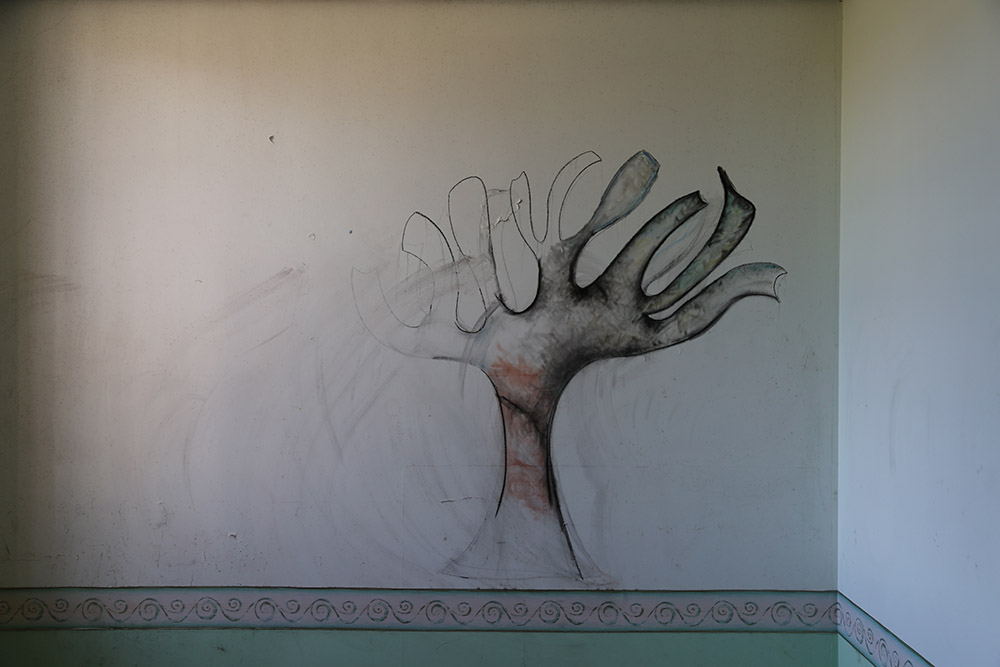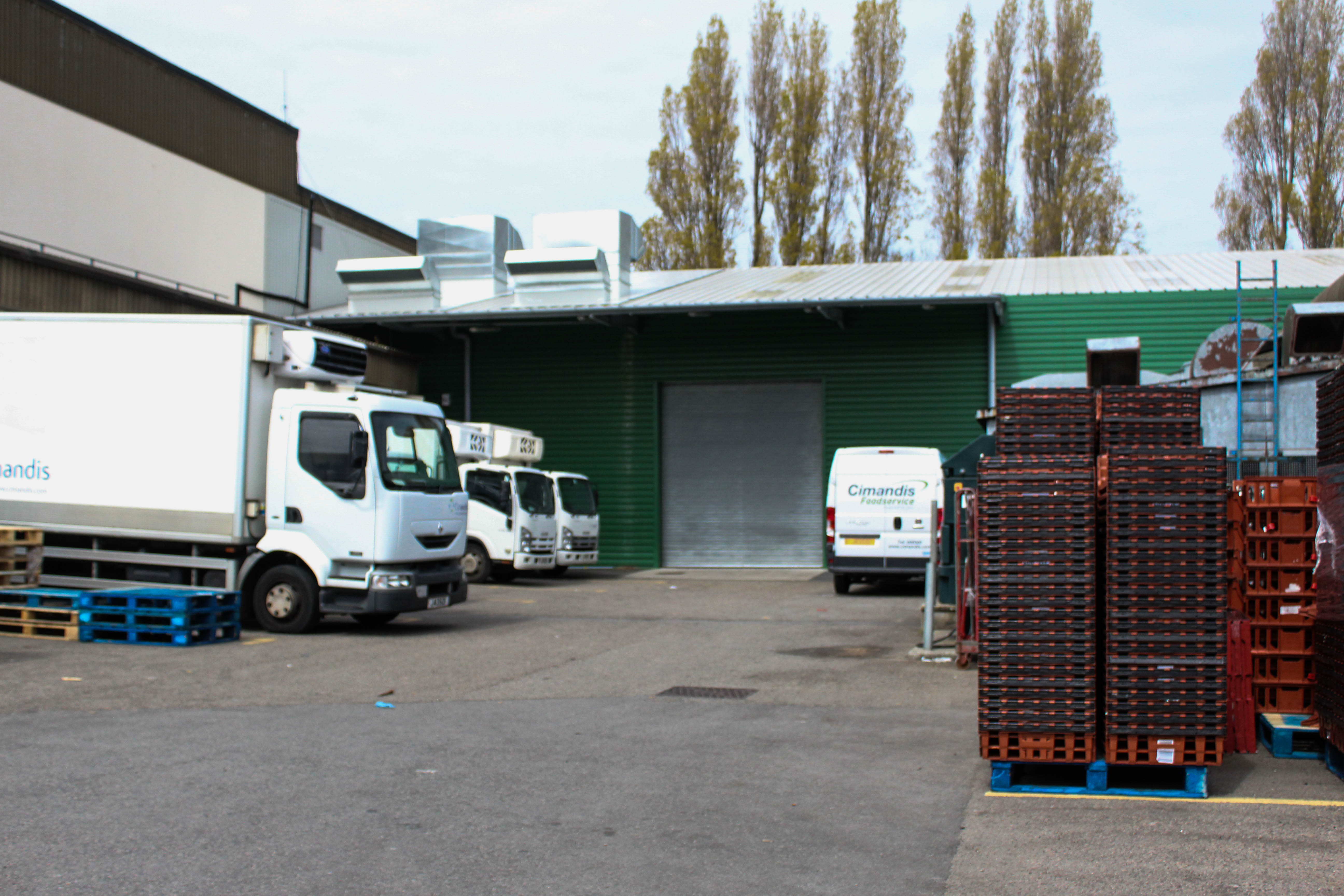Stephen Gill was born in Bristol in 1971 and is a British experimental, conceptual and documentary photographer, and is also a artist. He is known for his photographs of East London, his own publication of his books; and his attention to detail of his books as “art objects in themselves“. He works where he lives and includes this place in his books in novel ways other than just the photographic depiction. Gill has worked for many years exploring the culture and environment of Hackney in East London. Some time ago he discovered the work of a lost photographer who had begun to interpret the photo of a kiss in a special and personal way.

“Kissing can be quite like the reverie in a beautiful forest; it can also be end-of-pier theatre. Our Master of the Hackney Kisses knows how these traits combine. His sensibility transcends the profession of wedding photographer – in each kiss you see the future; the past recedes. Reenactment is a pleasure.”
— Timothy Prus

In 2012, Gill purchased approximately 9,000 negatives on eBay that were said to contain images of London’s East End in the 1950s. Gill was hoping the negatives would document the area’s vibrant street life but instead, there were thousands and thousands of pictures of East Enders on their wedding days. Gill spoke about his find:
“All the images were made by one photographer, but since the negatives passed from hand to hand, no one is sure who the photographer is. He used a high-quality medium-format camera with flash, which gives you incredible detail in fabric and textures and those overexposed cakes and flowers.”
You could say here how Gill’s perception of love in this instance is stereotyped, as he believes ‘love‘ and ‘marriage‘ is is instantly associated with motifs such as “over exposed cakes and flowers“. Because these objects are featured in virtually all selected images, it could show how marriage is a ritual partaken in a very mirrored and reflective way of every individual. Even the mention of “cakes and flowers” show their significance and importance in event such as marriage – it is a reoccurring device to show how a marriage can set one apart yet be virtually similar.
“The pictures were probably taken between 1956 and 1959. Some of the couples are a little old, and this is because many people were remarrying around that time after losing their first spouses in the Second World War.
Gill reflects here the importance of the photograph’s context, as well as the significance of marriage, which can be represented strongly throughout all photographs. Men were typically the ones to go and fight for their country and women where considered housewives and care-givers. In all these images, men are the more dominant figures – they’re posed in stances which are passionate and eccentric, possibly condoning the importance of love when they return from major conflicts. As a reader of the modern day its moving to see how relationships are strongly defined by the social structure and norms of the time and in contrast a bigger percentage of relationships are separating without the effects on war in the well recent 21st Century. World War ll can then be seen as a figurative element in the acts of love, a dual that chooses an either good or bad path, for better or for worse.

“Some couples had three or four films from their wedding day and others just six frames. I feel this reflects what the couple or the couple’s parents could afford. But something special always seems to happen when the photographer asks the couple to kiss.”

My Inspiration
The element of a ‘kiss‘ shows Gill’s way of using love as a repetition within his series. The ‘truth‘ element falls under how the photographer is never mentioned or featured in any of the images, defying the boundaries of love by making the reader feel an imminent sense of how love could be staged. Working towards my final piece and presentation, I think it would be a valuable motif that something like a ‘kiss‘, and other occurring themes in relationships could be masked and repeated simultaneously within various relationships. I could use this in contrast to archival research and how over time the traditional norms of love has changed and evolved yet still holds the repetition of various things.


























